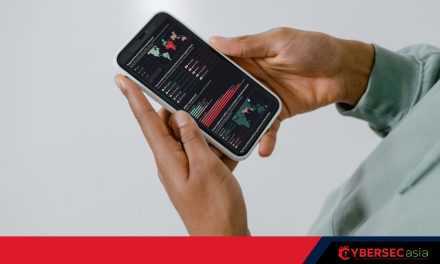A recent study of pandemic trends has shown that rushed digitalization is adding further strains to the IT security talent shortage.
How has the global move towards e-commerce and virtual workspaces impacted the need for IT security and the talent pool needed to keep the lights on?
According to one report by CrowdStrike, organizations are tackling the increased need for cybersecurity talent through a mixture of internal training and new hires, with some organizations choosing to outsource IT security management.
In the Asia Pacific region (APAC) there is a requirement for effective IT security solutions adapted to address the new threat landscape, with many organizations indicating an urgency to improve their current cybersecurity ecosystem.
- 98% of respondents believed that ‘work-from-anywhere’ will become a standard in the future, and if it does, the most common IT security challenge will be the fear of greater use of unsecured networks and devices (32%).
- For the next 12 months, the main requirements for organizations’ IT security solutions were that they align with budgets and resources (43%) and are effective against modern day threats (42%). Ease of management and upgrading (41%) were also a key requirement in the ever-changing threat landscape.
- 94% of respondents were building a cybersecurity framework into their organizations’ security ecosystem.
- 48% of respondents lacked trained IT professionals in their organization to implement the correct actions, while 80% planned to outsource IT security management to external providers to tackle this lack of resources.
- The most prevalent issues when migrating to modern IT infrastructure included resources for refactoring and building a security stack (44%) and time spent implementing by employees (35%). As a result the need for talent has become even more pronounced.
- 83% of surveyed organizations planned to recruit IT security professionals over the next 12 months.
- 25% of respondents highlighted a lack of cybersecurity awareness and training as a concern.
- 32% of respondents identified an increased risk of unsecured networks and devices used by employees.
- 56% said improvement was needed for current solutions to work as advertised, while 64% said the same for cost effectiveness. Some 74% highlighted how existing solutions can create additional challenges to integrate seamlessly with legacy technology.
- 54% of respondents with decision-making influence said the procurement process for current IT security solutions required improvement.
- 41% of respondents said that the IT security solution(s) used in their organization did not seamlessly integrate together.
- 86% of respondents ‘agreed’ with the prompt that organizations’ IT security would be more effective if all of their IT security solutions shared the same aggregated pool of data.
According to the report, cybersecurity is likely to become even more prominent in APAC’s organizations, and the accompanying challenges of churning out more trained IT security professionals to transform legacy security solutions into an integrated framework will need to be addressed.

















